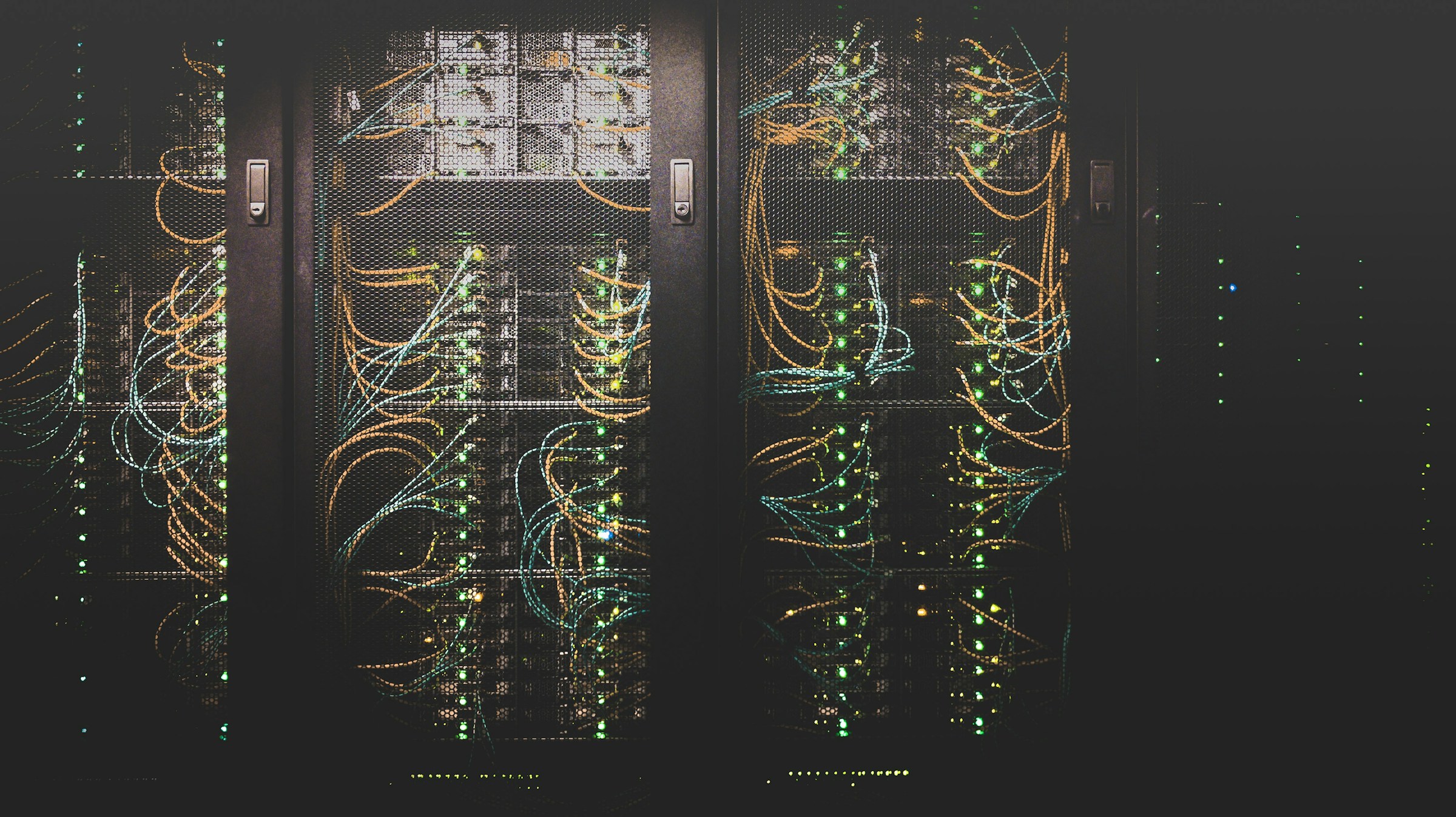How You Can Protect Your Business From the Next CrowdStrike Fiasco
Microsoft and Delta are not getting along. Following last month’s giant CrowdStrike outage, Delta struggled to get its flight schedules back to normal, and says the issue cost the airline $500 million. CrowdStrike objected to the criticisms, saying Delta failed to accept “offers of help” to recover from the outage. One of those sources of help appears to be Microsoft,

Microsoft and Delta are not getting along. Following last month’s giant CrowdStrike outage, Delta struggled to get its flight schedules back to normal, and says the issue cost the airline $500 million.
CrowdStrike objected to the criticisms, saying Delta failed to accept “offers of help” to recover from the outage. One of those sources of help appears to be Microsoft, too: The tech giant also responded to Delta, saying it, “immediately jumped in and offered to assist Delta at no charge.” This wasn’t a one-time ask, either: Microsoft says it repeatedly asked Delta if they wanted assistance starting on the day of the outage (July 19) through the 23rd.
While Delta ignored help from Microsoft, the company had trouble getting back on their feet. Systems were down, pilots couldn’t be booked for flights, and half a million customers had flights canceled. Delta is pursuing a lawsuit against Microsoft and CrowdStrike to recover from the damages.
Microsoft is on the offensive, and is now saying the Delta’s aging technology is responsible for their slow recovery. Microsoft CEO, Satya Nadella, said Delta was likely not accepting help because the IT systems that suffered the most during the outage were not serviced by Microsoft, and instead run by other companies like IBM. The company says Delta, unlike its competitors, has not “modernized its IT infrastructure.”
The importance of keeping your hardware up-to-date
Delta was far from the only company to have issues from the CrowdStrike bug: The issue took down systems all over the world, affecting everything from airlines to hospitals. But Delta is one of the biggest companies to say their recovery was this slow.
If Microsoft is accurate, that likely can be blamed, in part, for their aging hardware. Technology advances fast, and while it’s not necessary to upgrade your hardware with each new generation that arrives, it is important to stay up to date with the latest standards. If your system isn’t the newest available, but the industry still supports that system, you’re in good hands. If your system is no longer supported, however, it becomes much riskier to run that system, and much more difficult to recover in the event of a disaster or emergency.
It’s the nature of technology: Things change fast, and, unfortunately, even technology that still functions as it should might not be safe to run. Just because something works, that doesn’t mean it will work forever. It especially won’t work if an external force takes it down, and there are no resources available to help get it back up and running.
The risk is two-fold with aging tech: One risk comes from disasters like CrowdStrike, in which a software update contained a bug that took down Windows. That, of course, is an unpredictable scenario. CrowdStrike unintentionally seeded customers the faulty update, and half the world was affected. Those with up-to-date systems, however, found recovery efforts far more effective than those with outdated technology.
The other comes from bad actors—intentional acts that look for vulnerabilities in software to exploit. This is arguably more dangerous than a CrowdStrike situation: Bad actors are always looking for news ways to take advantage of security flaws. What makes their job easier is looking for vulnerabilities in systems that are no longer supported. If a hacker finds an exploit in an up-to-date system, developers will find a patch as soon as possible. If the system is out of date, however, there likely won’t be a fix issued, which leaves you vulnerable to any bad actors aware of the vulnerability.
How you can keep your hardware up to date
If hardware upgrades were free, most companies would update immediately. The opposite is true, of course: Hardware upgrades are often costly, involving both the immediate cost of the replacement system, as well as any expenses required to train employees on the new hardware.
However, there are ways to make upgrading hardware more cost-effective for your business. First, check in with MERIT. The company is available to work with your company on a budget, and plan for asset replacement when necessary.
Your business can also benefit from recent changes to the tax code: Under Section 179 of the IRC, businesses can take an immediate deduction for business expenses when it comes to depreciating assets. That includes both equipment and software. This rule means your business can lower its current-year tax liability by investing in new hardware. Your business can deduct up to $1,080,000 on a maximum hardware purchase of $2,700,000. Previously, your business would need to spread these deductions over several years, so the new rules enable your business to take advantage of a larger deduction all at once.
Share This



